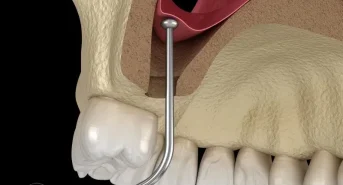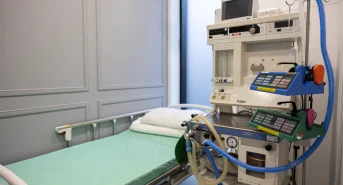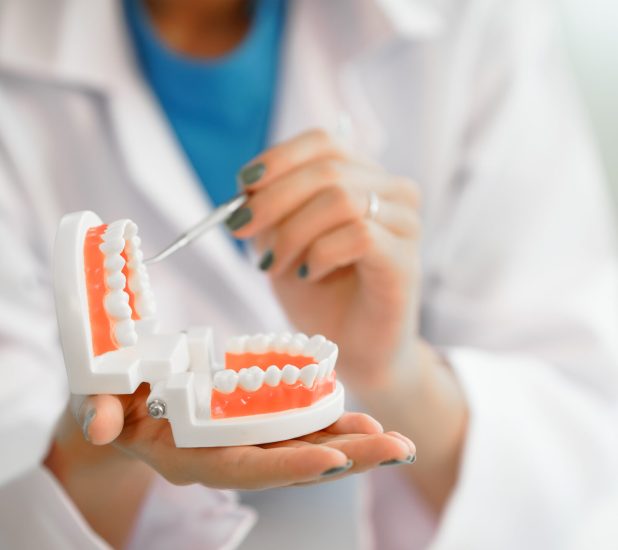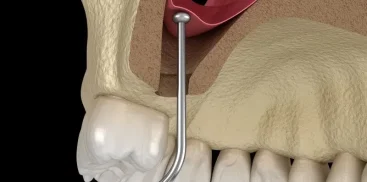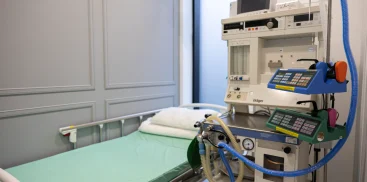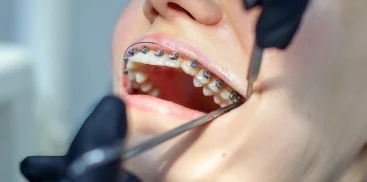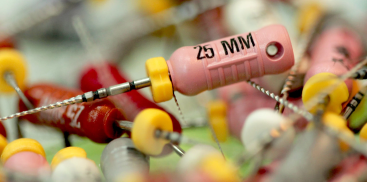At our clinic, we treat patients with a variety of issues, both aesthetic and serious skeletal defects. One such condition is oligodontia—the congenital absence of at least six permanent teeth. Effective treatment of oligodontia requires a comprehensive interdisciplinary approach to ensure the best results for patients.
Oligodontia – What is it?
Oligodontia is a rare developmental disorder characterized by the congenital absence of six or more permanent teeth. If 1-5 teeth are missing, it is referred to as hypodontia, whereas the absence of all primary or permanent teeth is called anodontia. The lack of dental buds is the most common developmental dental anomaly, with a prevalence ranging from 0.3% in Israel to 17.5% in Lapland.
Causes of Oligodontia
Oligodontia and hypodontia can occur as isolated defects or as part of genetic syndromes. They are most commonly associated with ectodermal dysplasia—a rare disorder that also involves developmental anomalies of the hair, nails, and sweat glands. Studies in Norway have shown that 57% of individuals with oligodontia also have other developmental disorders.
Symptoms and Diagnosis of Oligodontia
In addition to missing teeth, oligodontia often involves other anomalies in the stomatognathic system, such as reduced jaw size, narrower alveolar ridges, or microdontic teeth. The causes of these conditions are usually gene mutations but can also include viral diseases during pregnancy or environmental factors.
Diagnosis and Treatment of Oligodontia
The diagnosis of oligodontia is based on radiographic images and clinical examination. Treatment requires an interdisciplinary approach, involving an orthodontist, prosthodontist, surgeon, and often a speech therapist, physiotherapist, and psychologist.
Treatment Stages:
- Diagnosis: Detailed examination of occlusal conditions, including condylographic examination.
- Treatment Planning: Development of an orthodontic treatment plan to create conditions for future prosthetic reconstruction.
- Preparatory Procedures: Bone augmentation is often necessary due to challenging anatomical conditions.
- Prosthetic Restorations: Crowns on implants are most commonly used. For patients under 18, temporary solutions such as fixed or overlay dentures are used, provided there are no indications for earlier implantation.
- Orthognathic Surgery: Orthognathic surgery may be necessary in some cases. Patients can also choose orthodontic camouflage and dental compensation.
Properly planned and executed compensatory treatment allows patients with oligodontia to achieve satisfactory permanent dentition, restoring normal chewing, biting, speaking functions, and aesthetics.
Summary
Oligodontia is a serious condition that requires comprehensive treatment and specialist collaboration. Thanks to modern diagnostic and therapeutic methods, effective management of this condition is possible, restoring full functionality and dental aesthetics to patients.

